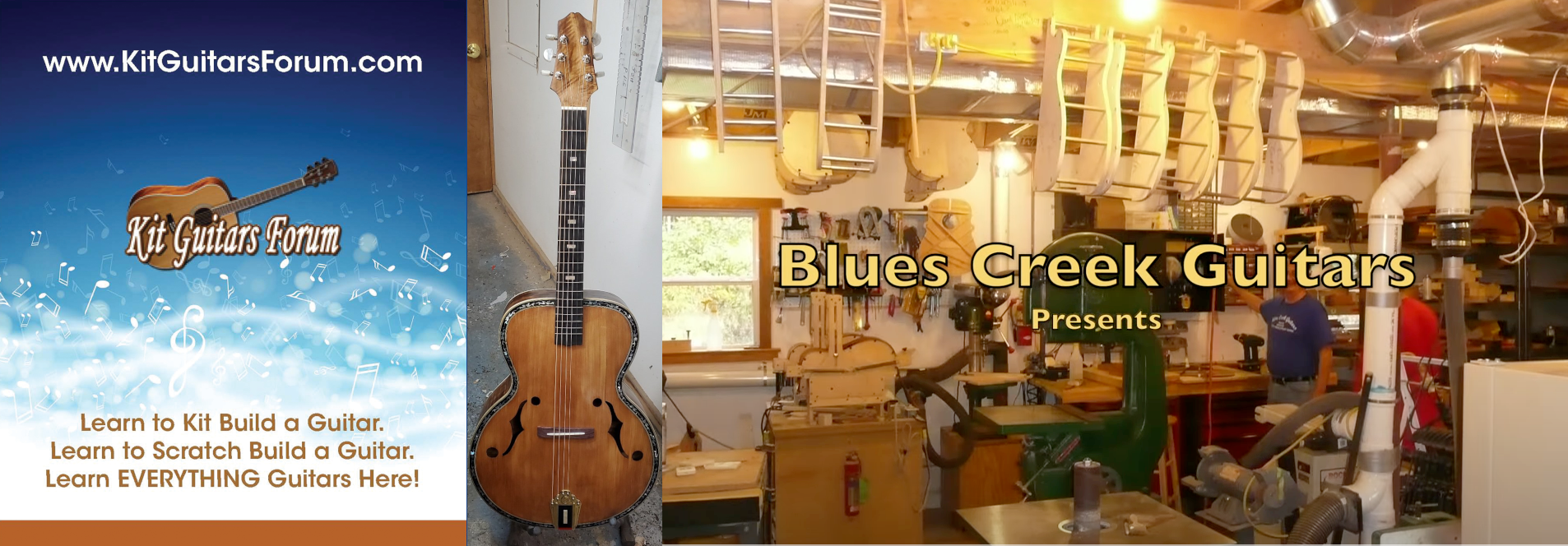It seems this thread about break angle seems to have raised a lot of questions.
Looking at this from as simple way as I can. The break angle is the angle the string breaks over the saddle and into the bridge.
Often, rookie luthiers and those who don't understand the real stress transferred think that the break angle is the key. Well here is what you need to understand to make things clear. You need to look at the point of fixation ( ball end ) of the strings. Then follow that to the top of the saddle. So follow this example from the ball end up the slot angle then out of the bridge and angles to the saddle.
These angles are added up and you can figure the resultant forces. So that I can make this simple, these forces applied to the bridge plate cause the ball ends to pull against the top, then the string is pulled out of the bridge and over the saddle. It means that the string applies a force at each point of contact. This is held by the bridge so that as the ball end pulls up and the string pulls the bridge towards the nut and the saddle pushes the bridge down.
The discussion with Alan is about how a change in the break angle has little to do with the output of the guitar. The height of the saddle and bridge is what will determine the force applied to the top. If you think about it, the ball end to the saddle are the points of energy transfer, so the break angle to the untrained eye appears to be the key but this is an oversimplified example.
Please ask questions. I think I may do a video to help explain this in more detail.
break angle simplified
-
tippie53
- Posts: 7150
- Joined: Fri Mar 03, 2006 7:09 pm
- Location: Hegins, Pa
- Contact:
break angle simplified
John Hall
Blues Creek Guitars Inc
Authorized CF Martin Repair Center
president of Association of Stringed Instrument Artisans
http://www.bluescreekguitars.com
Blues Creek Guitars Inc
Authorized CF Martin Repair Center
president of Association of Stringed Instrument Artisans
http://www.bluescreekguitars.com
-
tippie53
- Posts: 7150
- Joined: Fri Mar 03, 2006 7:09 pm
- Location: Hegins, Pa
- Contact:
Re: break angle simplified
To help make this simple this analogy my help all understand the reaction of the point of attachment and string height
Imagine the ball ends in relation to the top of the saddle. As you get closer to the saddle with the ball ends the force centroid is in front of the bridge centroid this means there is less downward rotation .
So from one extreme from the other if your attachment was under the rear of the bridge the bridge rotation would hinge downward from the back of the bridge as you go to the front of the bridge this rotation force is altered in relation to the actual bridge centroid.
Imagine the ball ends in relation to the top of the saddle. As you get closer to the saddle with the ball ends the force centroid is in front of the bridge centroid this means there is less downward rotation .
So from one extreme from the other if your attachment was under the rear of the bridge the bridge rotation would hinge downward from the back of the bridge as you go to the front of the bridge this rotation force is altered in relation to the actual bridge centroid.
John Hall
Blues Creek Guitars Inc
Authorized CF Martin Repair Center
president of Association of Stringed Instrument Artisans
http://www.bluescreekguitars.com
Blues Creek Guitars Inc
Authorized CF Martin Repair Center
president of Association of Stringed Instrument Artisans
http://www.bluescreekguitars.com

